Nov 26 2017
To Belgrade! To Belgrade!
The training plan called for action:
- Hard 10k
The only problem is that the virus that has been with me at least since Thursday, has now established itself in full. From 4am, I haven’t slept well. I have a headache, a runny nose, and the slightest exercise makes me sweat.
But I am stubborn and always hope for a miracle.
Or something like. Before the row, I spent some time looking at my erg CP curve:
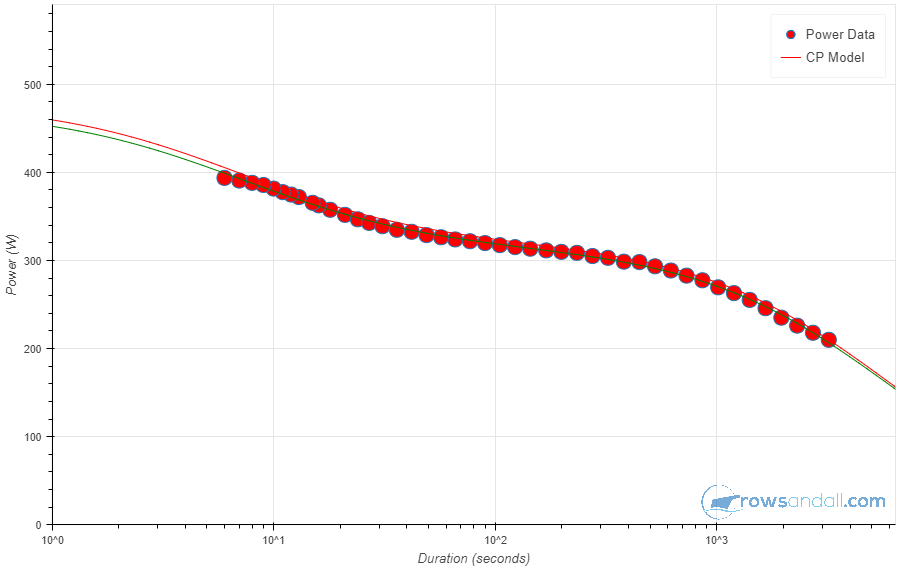
This one predicted a something between 1:54.5 and 1:55.5 pace should be achievable.
First, I did a 2k warming up. Then I set off for the main event. I started conservatively, and allowed myself to slow down instead of speed up if things were going bad.
First three kilometers were pretty fine. I managed to get a good rhythm at 26spm and rowed a 1:56 pace, seeing 1:55 frequently. With 6k to go I decided to check what would happen if I pushed a bit.
So now I was rowing 1:55 pace, frequently seeing 1:54. I was ready to slow down if things started to feel difficult.
The problem was, I went from “all fine” to “I need to stop” in the course of 5 strokes. I just stopped.
I drank a bit, then paddled a bit. Then I tried to row out the piece at a 2:01 pace, but I couldn’t.
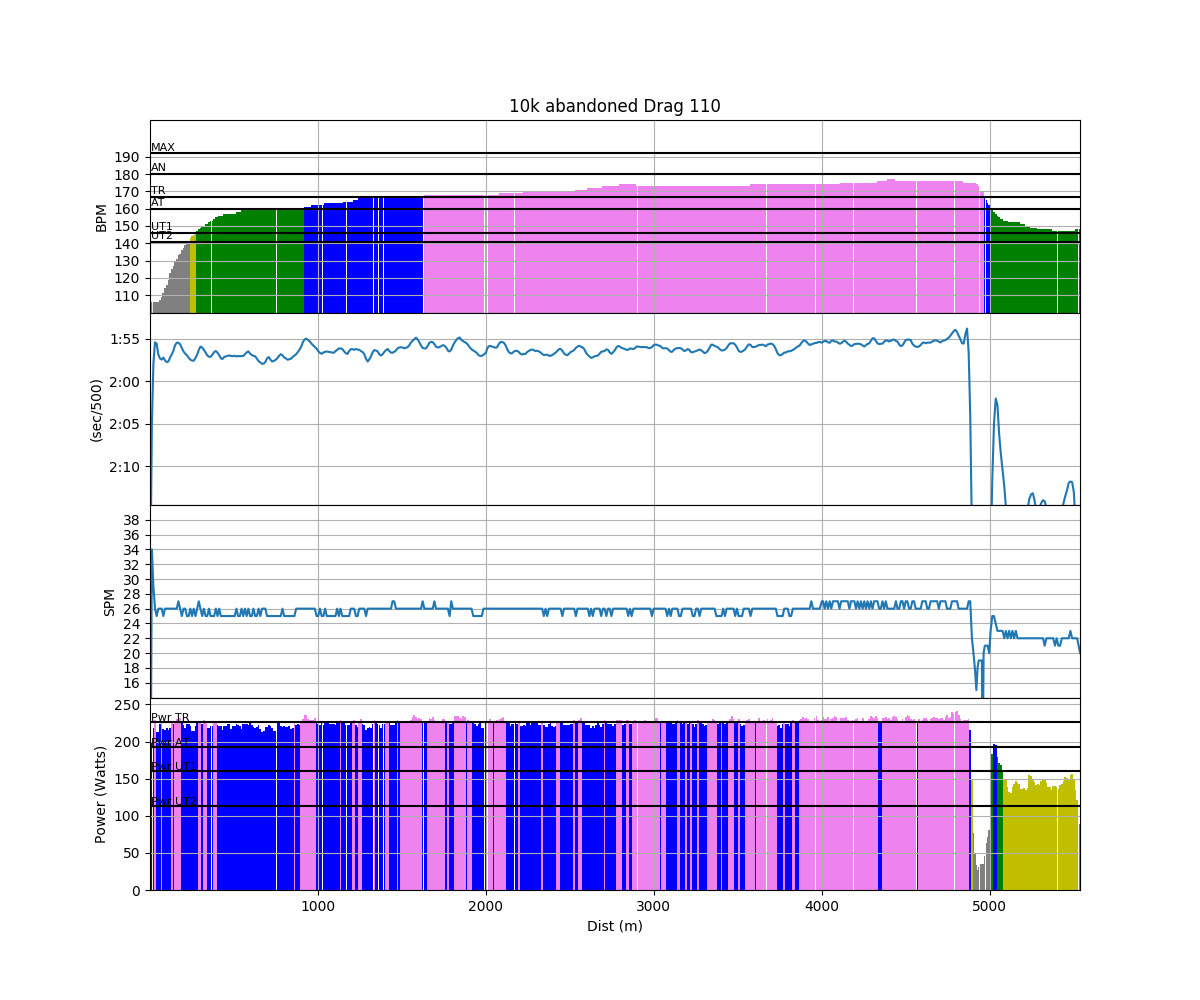
I was disappointed and frustrated, and in order to at least do something with that stupid CP curve, I dialed up a 1 minute interval on 1 minute rest, the idea being to go full out in the second 1 minute interval and move the CP curve for the shorter durations.
I had difficulty holding 1:36.
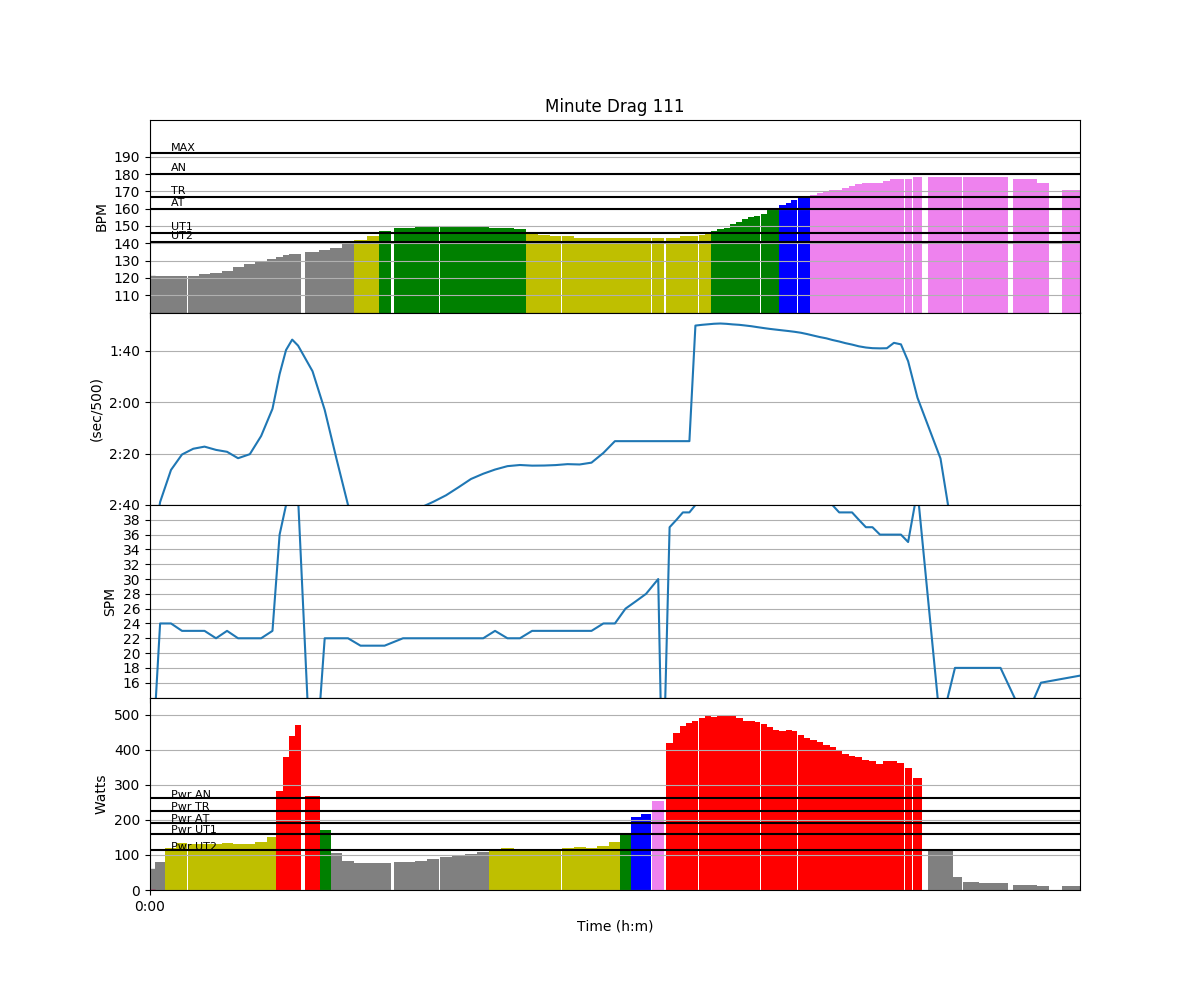
At least I moved the CP curve:
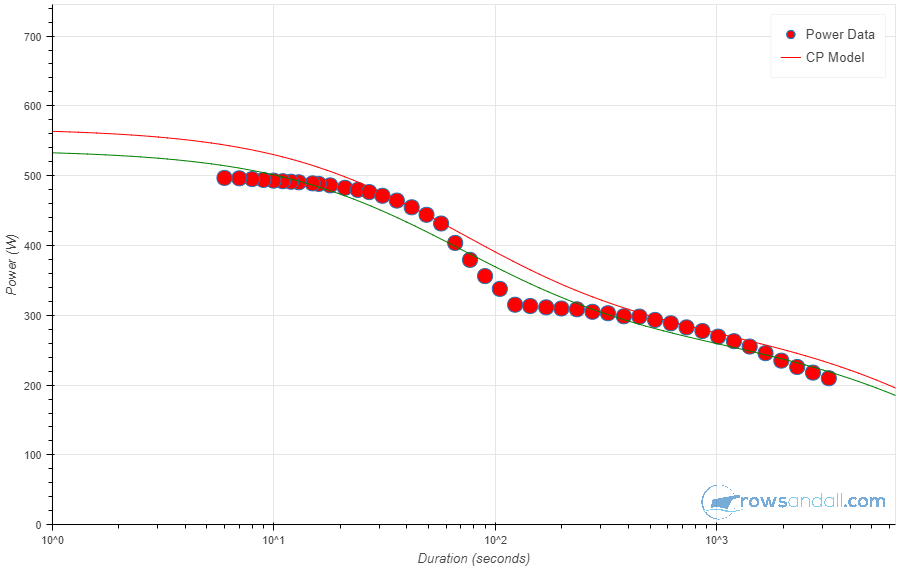
I am wondering though if this weak performance is due to the virus or I am just in worse shape. Two years ago seemed to be my peak. I rowed PBs on every hard row I did.
Tomorrow morning I will leave to Belgrade. Like the good soldier Svejk: “To Belgrade! To Belgrade!”
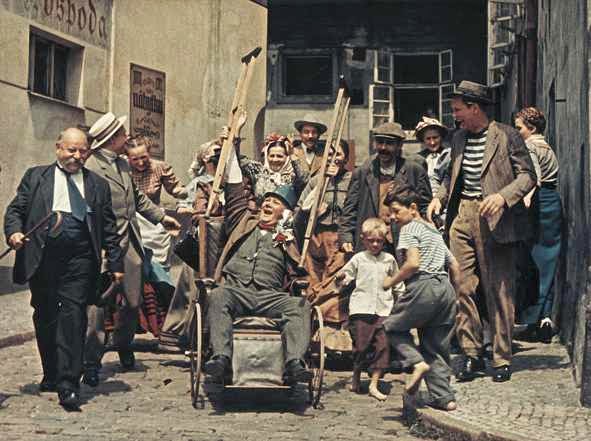
For those who don’t know, the story of the good soldier Svejk was written shortly after World War I by the Czech humorist Jaroslav Hasek. It is a classic story of the ‘little man’ fighting officialdom and bureaucracy with the only weapons available to him – passive resistance, subterfuge, native wit and dumb insolence. Entangled in red tape, pushed around by police, doctors, clergy and officers, and ever obliging, the good soldier (once discharged as a certified idiot) proceeds toward the crowning achievement of his military carreer — to be captured by his own troops.
Here is the English translation of what I am referring to:
Only two days remained before Svejk would have to appear before the draft board.
During this time Svejk made the necessary preparations. First he sent Mrs. Müller to buy an army cap and next he sent her to borrow the wheelchair from the confectioner around the corner – that same one in which the confectioner used to wheel around in the fresh air his lame and wicked old grandfather. Then he remembered he needed crutches. Fortunately the confectioner still kept the cruthches too as a family relic of his old grandfather.
Now he only needed the recruit’s bunch of flowers for his buttonhole. Mrs. Müller got those for him too. During these last two days she got noticeably thinner and wept from morning to night.
And so on that memorable day there appeared on the Prague streets a moving example of loyalty. An old woman pushing before her a wheelchair, in which there sat a man in an army cap with a finely polished Imperial badge and waiving his crutches. And in his buttonhole shone the fresh flowers of a recruit.
And this man, waving his crutches again and again, shouted out to the streets of Prague: ‘To Belgrade, to Belgrade!’
He was followed by a crowd of people which steadily grew from the small group that had gathered in front of the house from which he had gone out to war.
Svejk could see that the policemen standing at some of the crossroads saluted him.
At Wenceslas Square the crowd around Svejk’s wheelchair had grown by several hundred and at the corner of Krakovska Street they beat up a student in a German cap who had shouted out to Svejk: ‘Yes! Down with the Serbs!’
At the corner of Vodickova Street mounted police rode in and dispersed the crowd.
When Svejk showed the district police inspector that he had it in black and white that he must that day appear before the draft board, the latter was a trifle disappointed; and in order to reduce the disturbances to a minimum he had Svejk and his wheelchair escorted by two mounted police all the way to the Sharpshooters’ Island.
The following article about this episode appeared in the Prague News:
A CRIPPLE’S PATRIOTISM
Yesterday afternoon the passers-by in the main streets of Prague were witnesses of a scene which was an eloquent testimony to the fact that in these great and solemn hours the sons of our nation can furnish the finest examples of loyalty and devotion to the throne of the aged monarch. We might well have been back in the times of the ancient Greeks and Romans, when Mucius Scaevola had himself led off to battle, regardless of his burnt arm. The most sacred feelings and sympathies were nobly demonstrated yesterday by a cripple on crutches who was pushed in an invalid chair by his aged mother. This son of the Czech people, spontaneously and regardless of his infirmity, had himself driven off to war to sacrifice his life and possessions for his emperor. And if his call: ‘To Belgrade!’ found such a lively echo on the streets of Prague, it only goes to prove what model examples of love for the fatherland and the Imperial House are proffered by the people of Prague.’
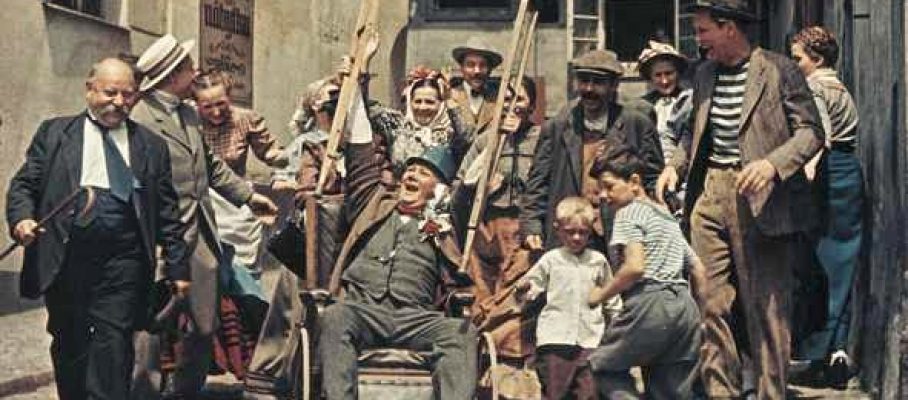
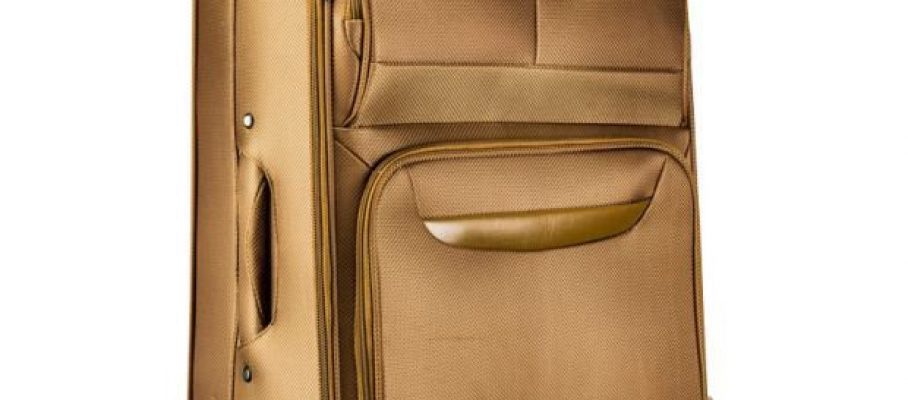
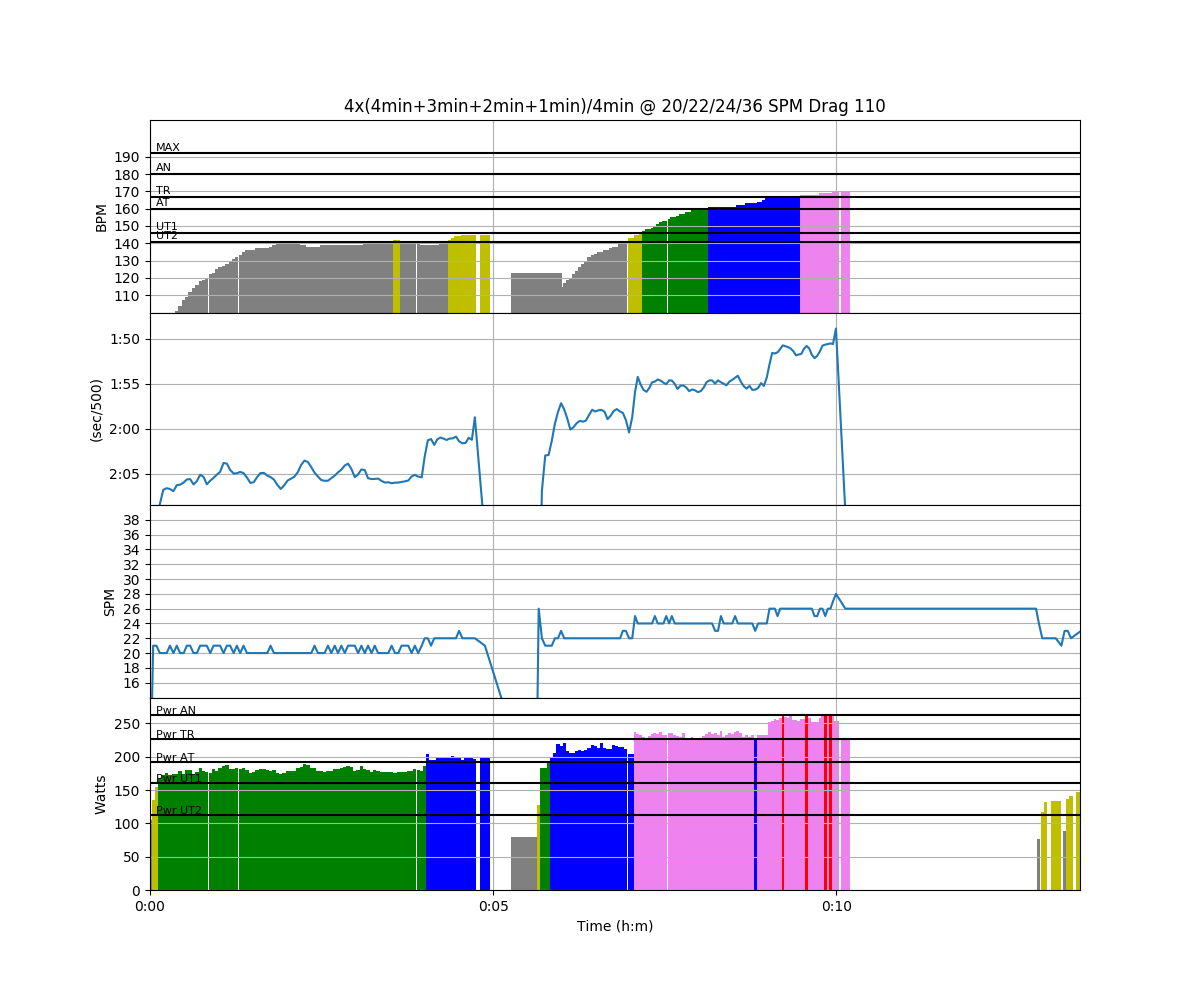
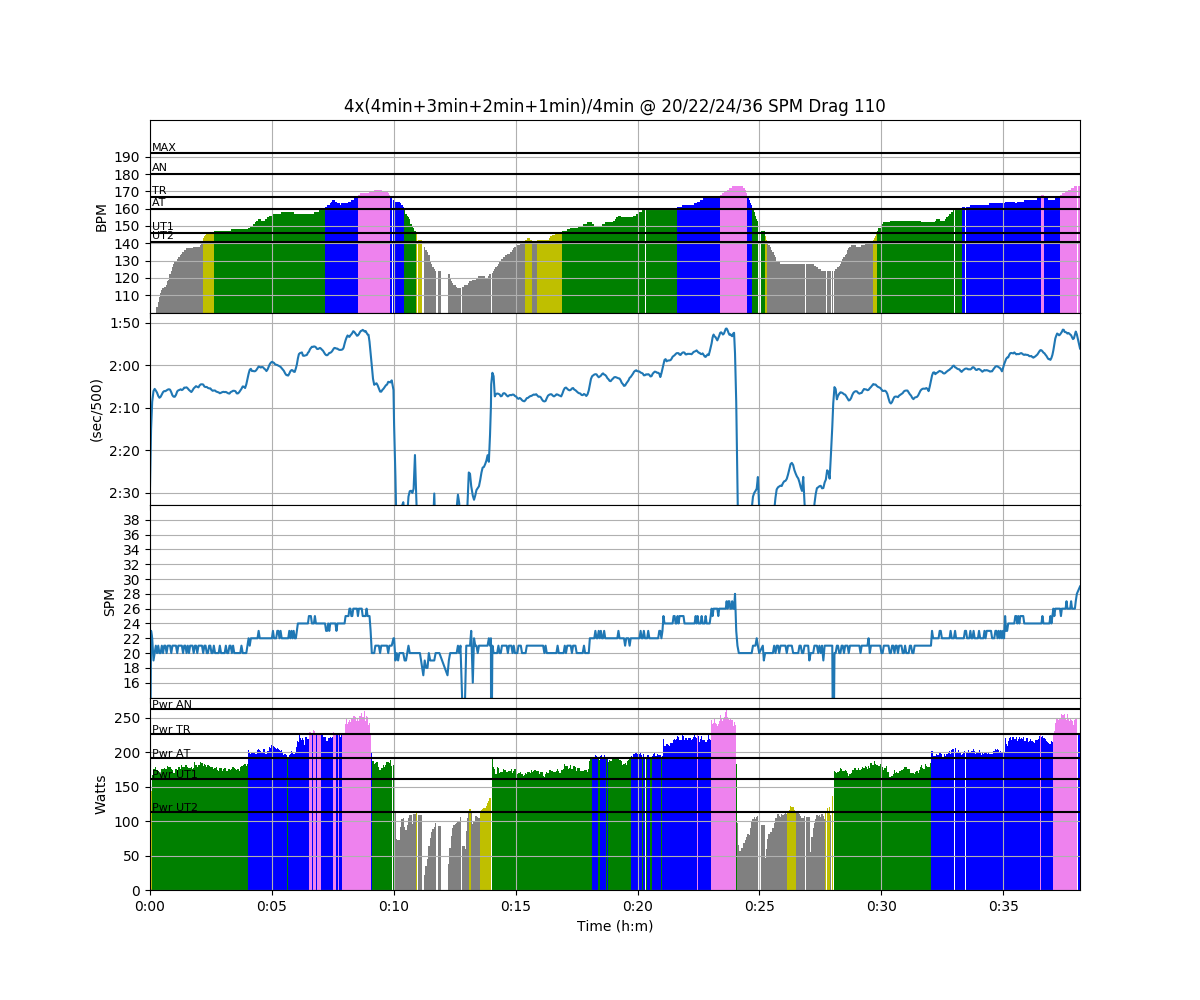
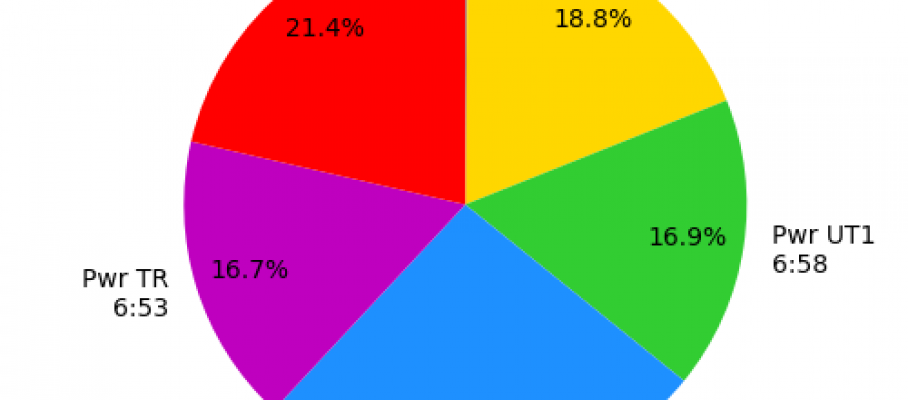
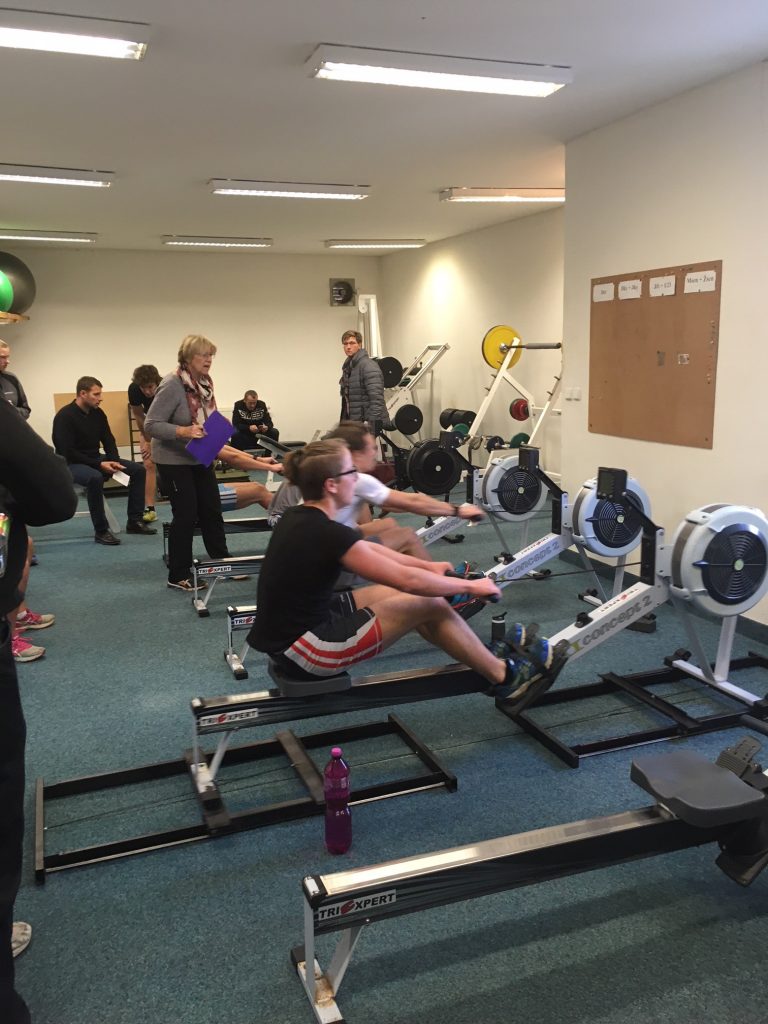
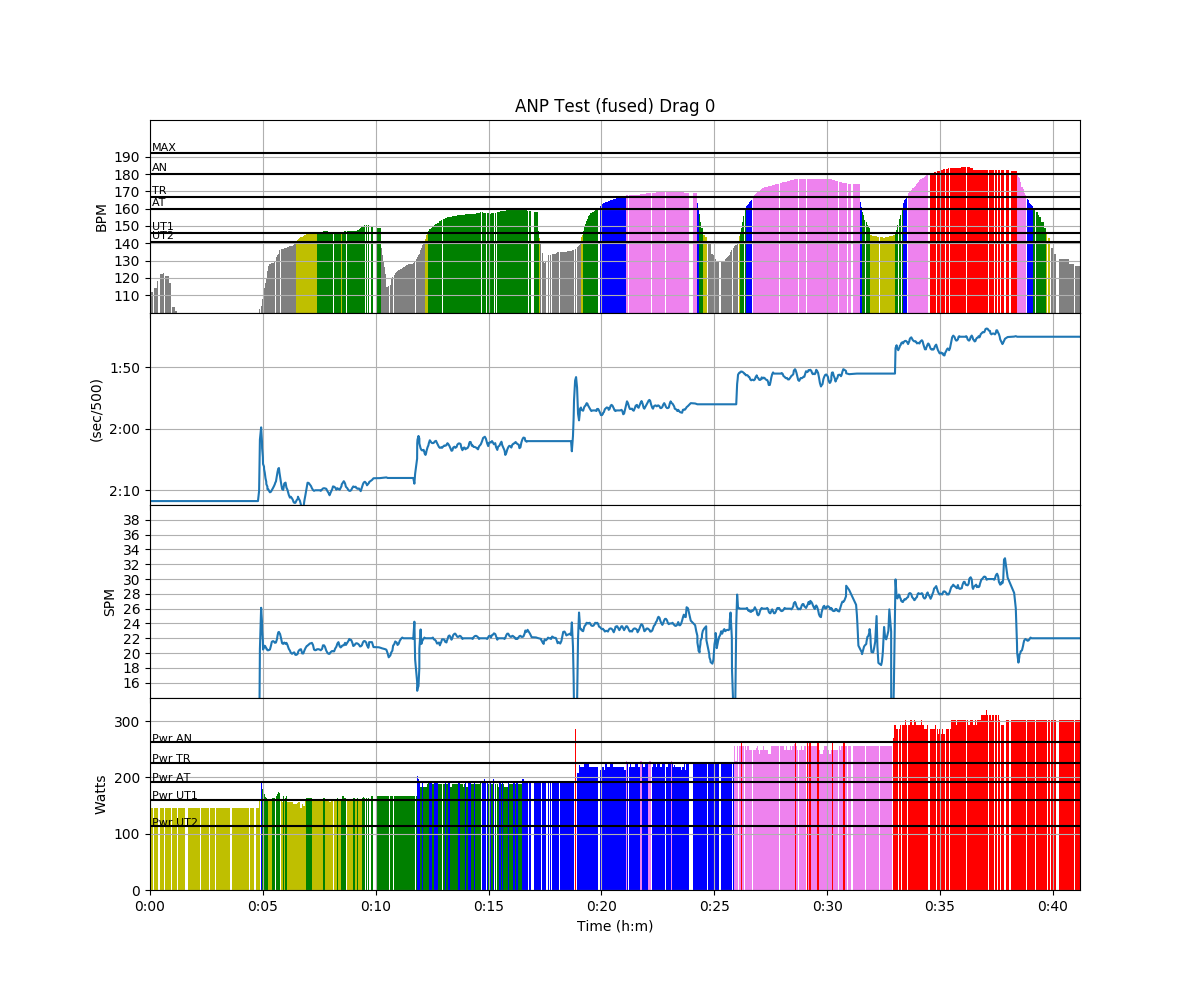
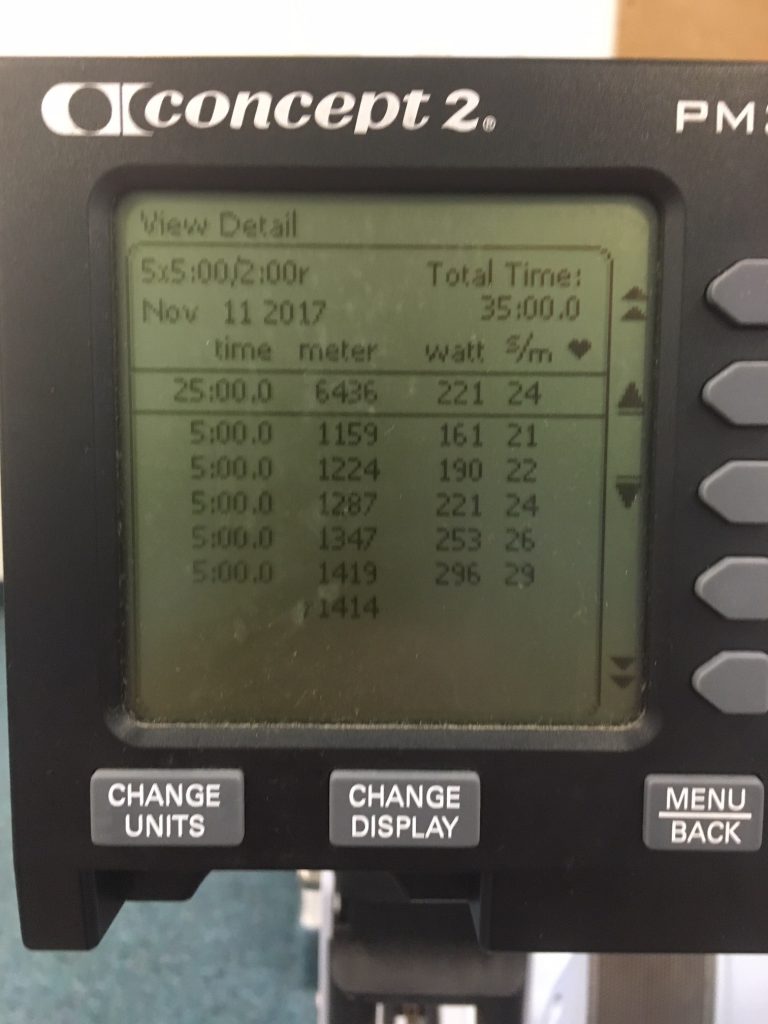
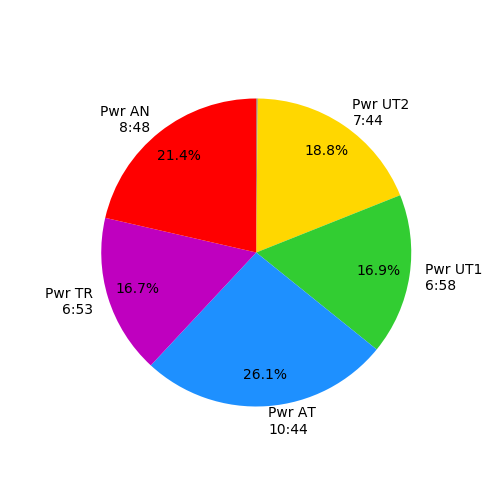
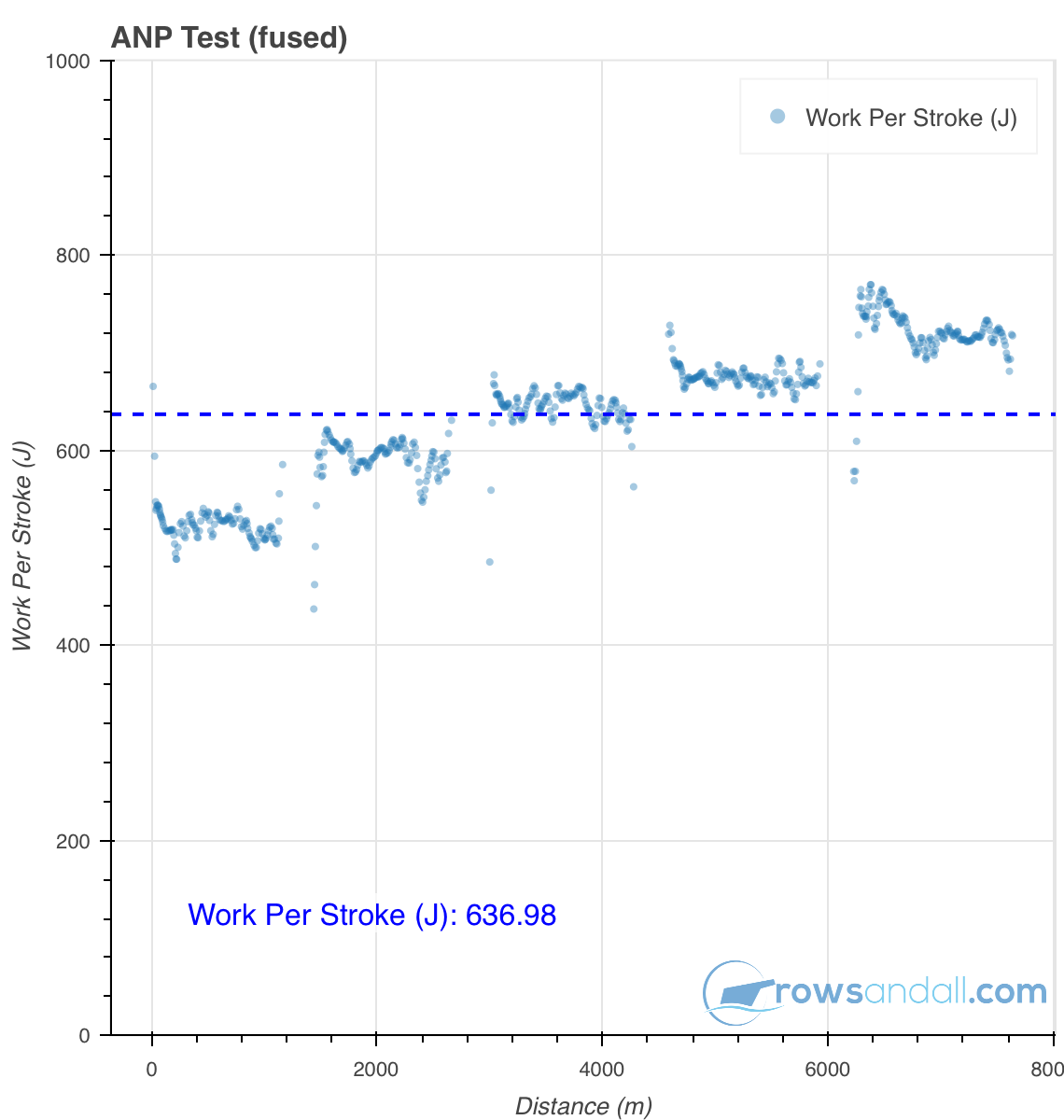
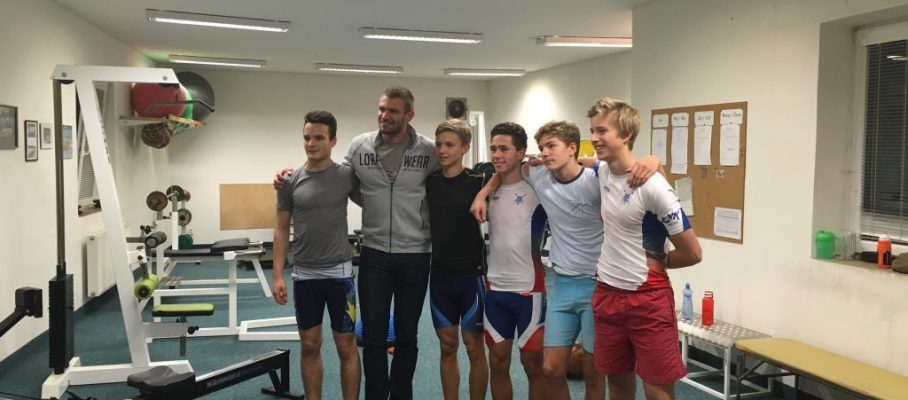
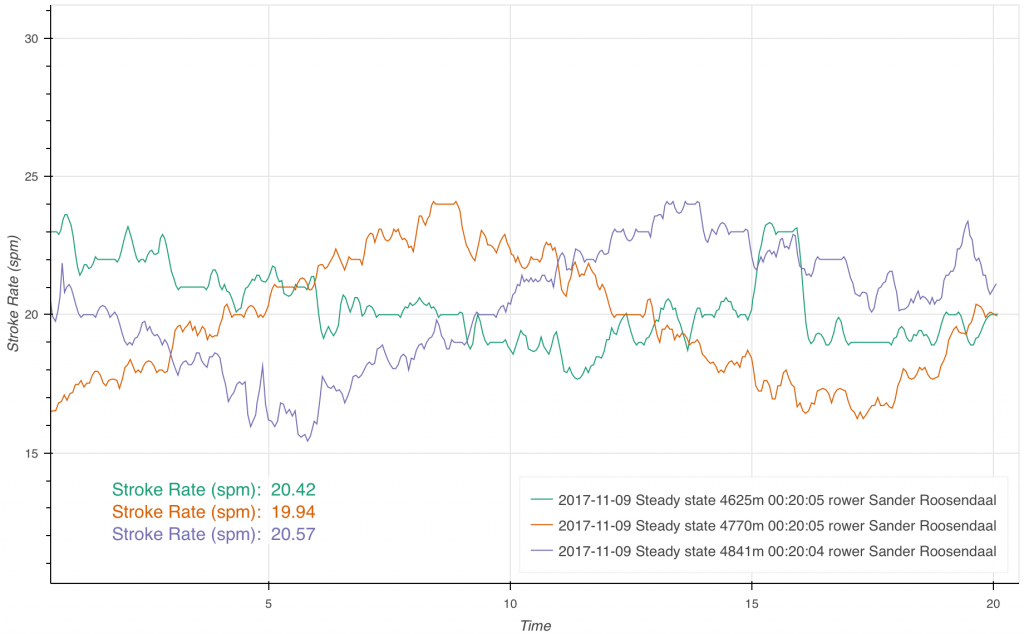
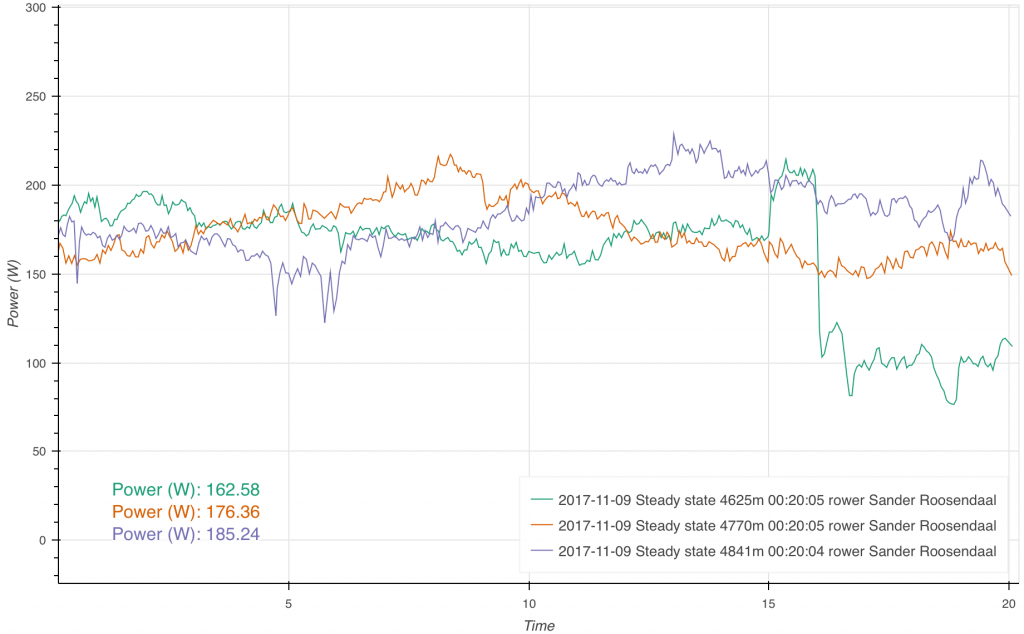
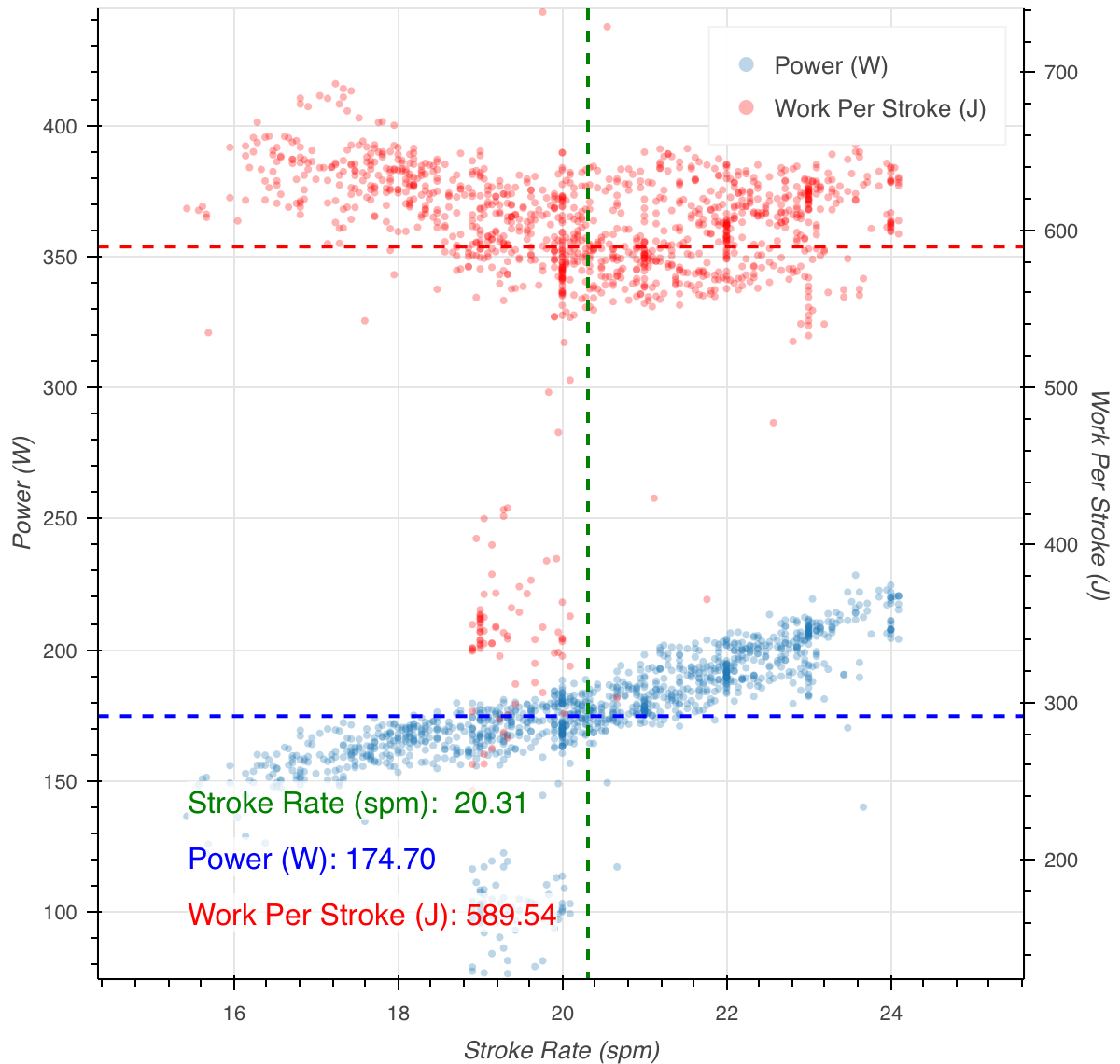
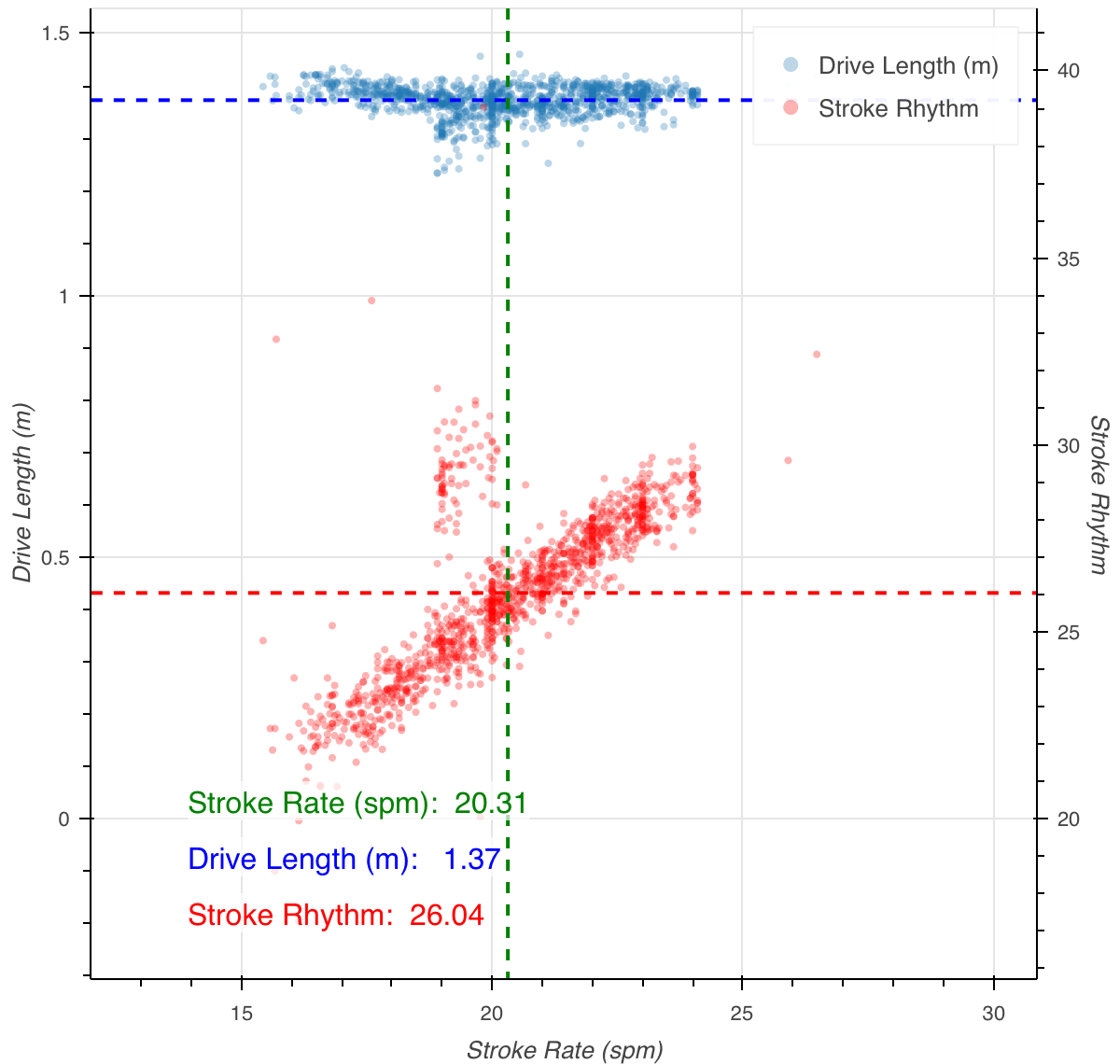
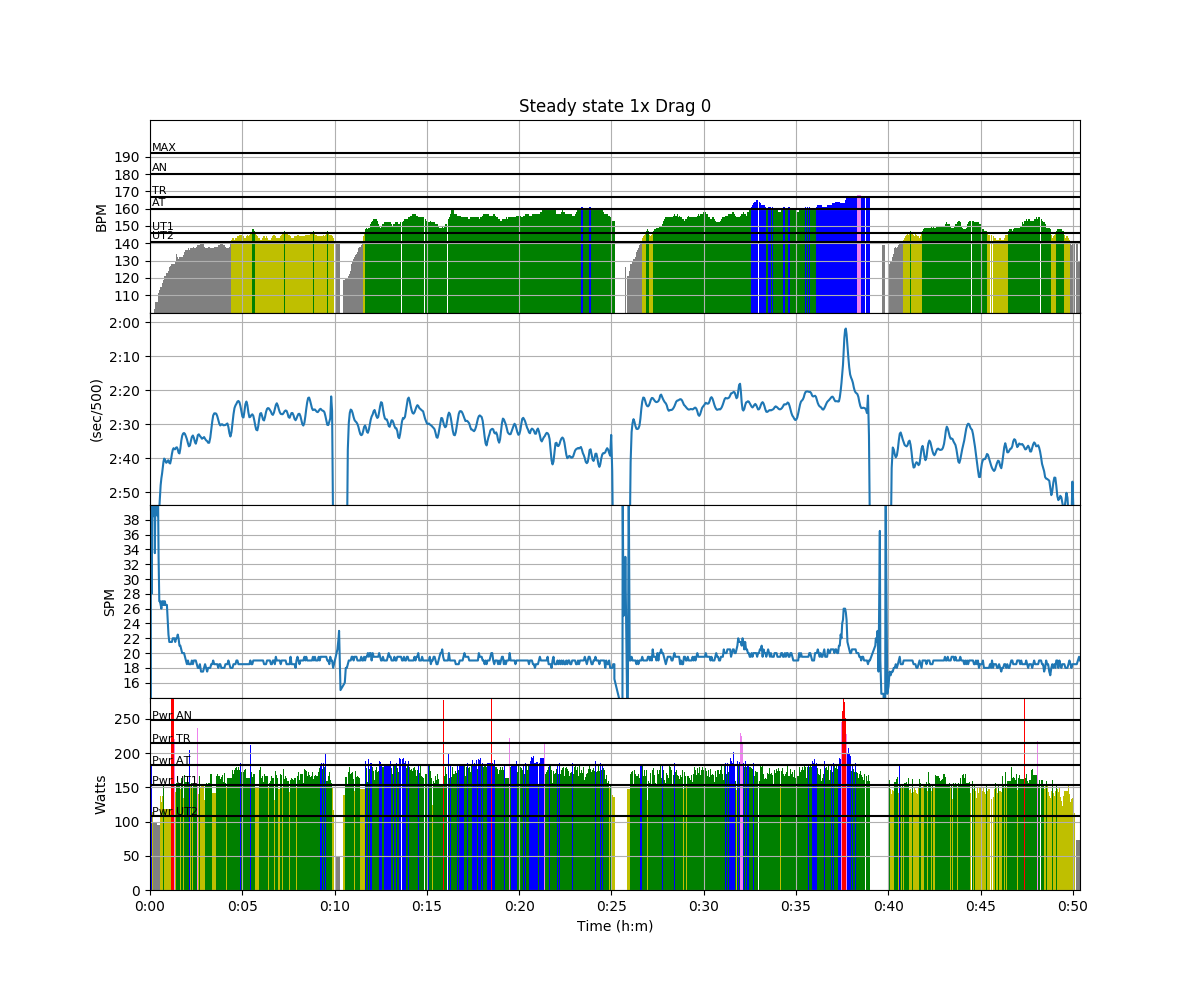
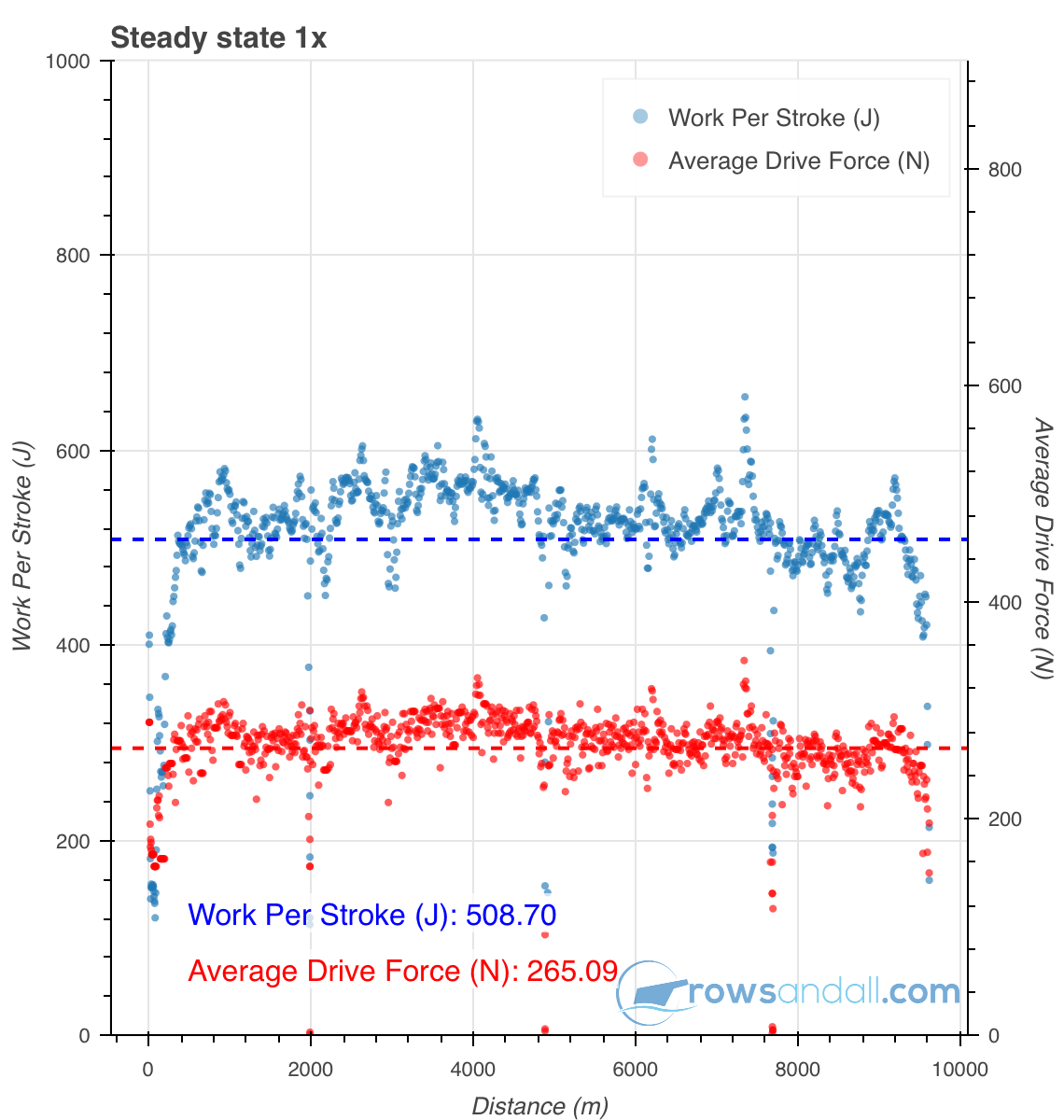
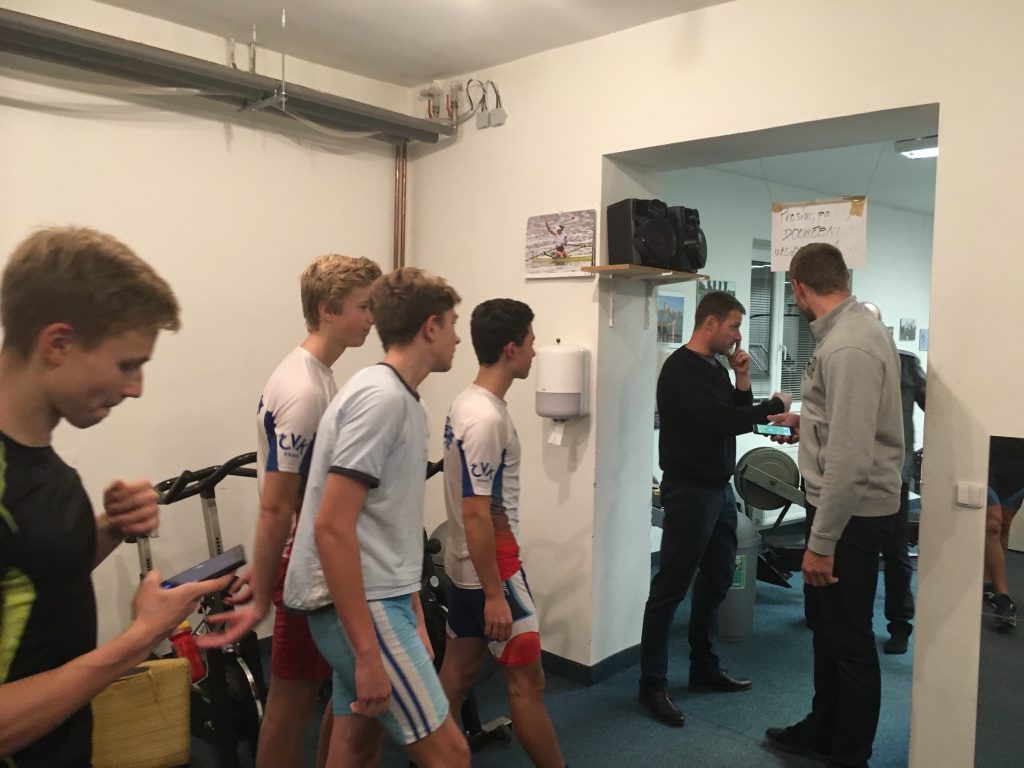
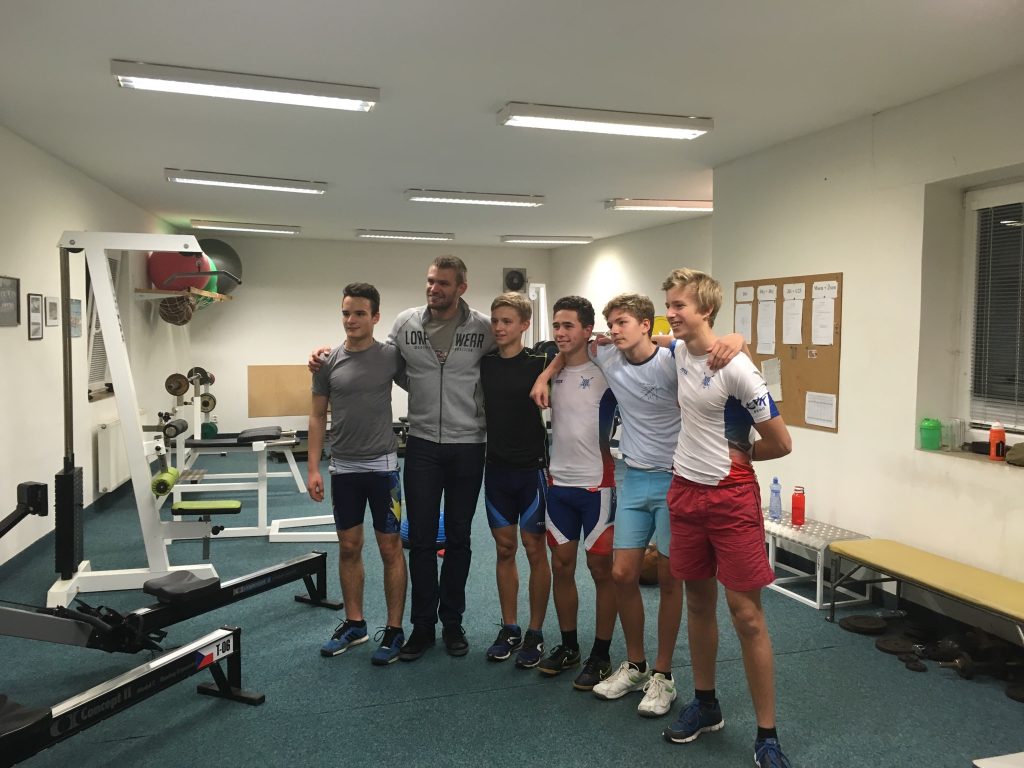

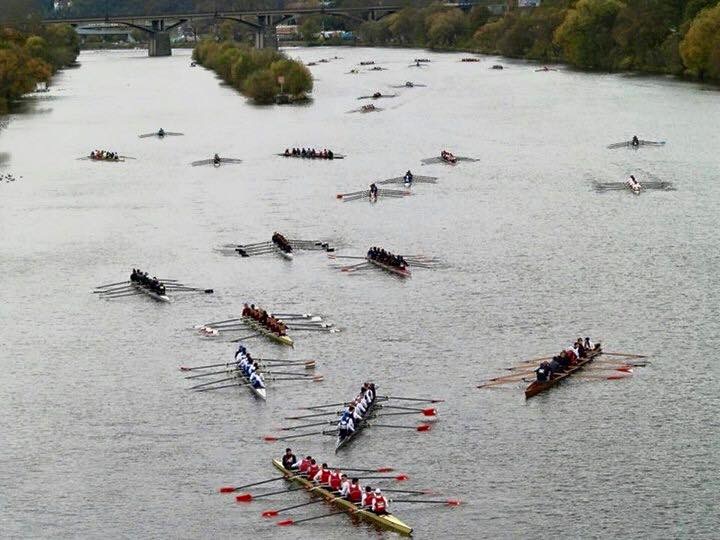
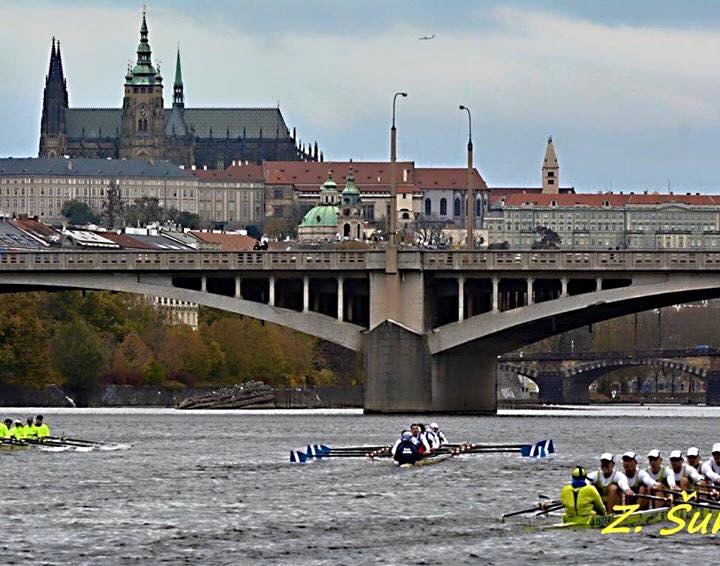
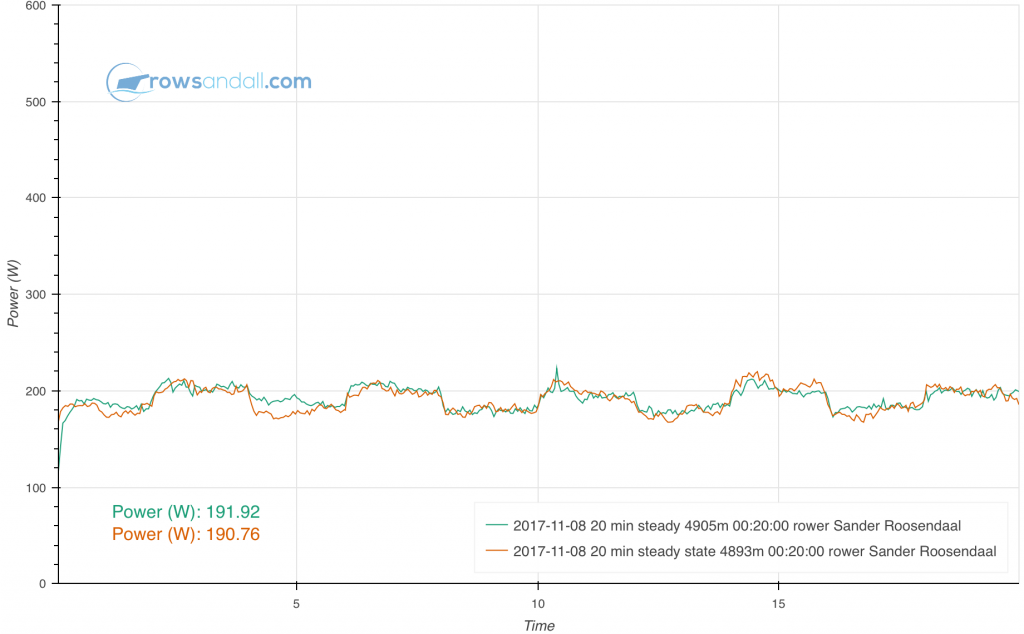
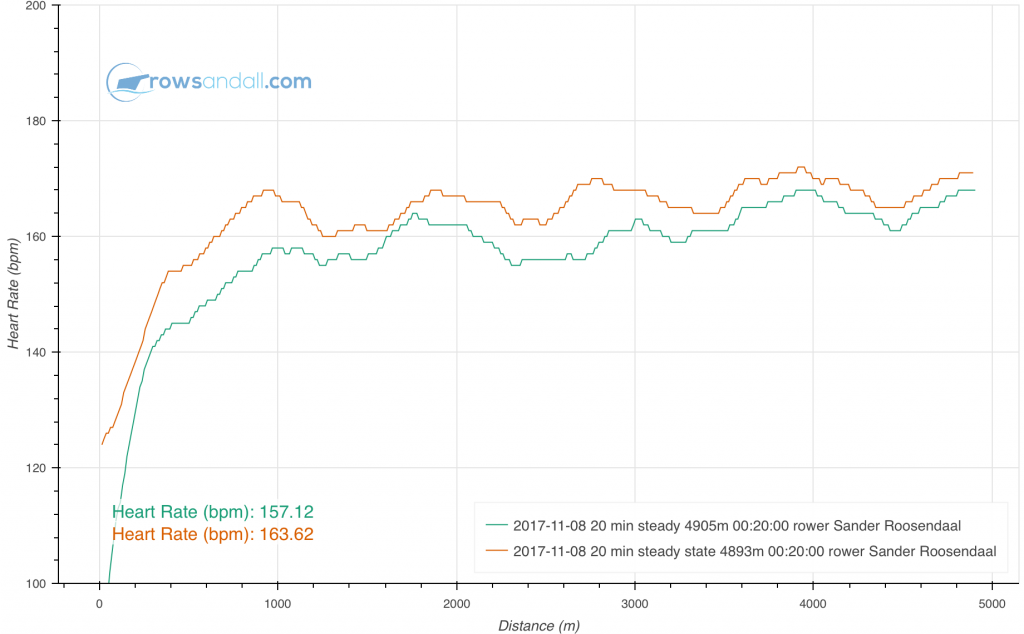
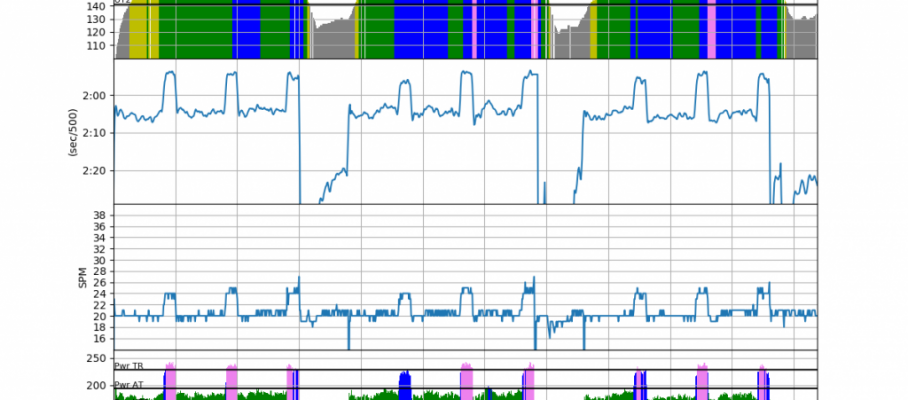
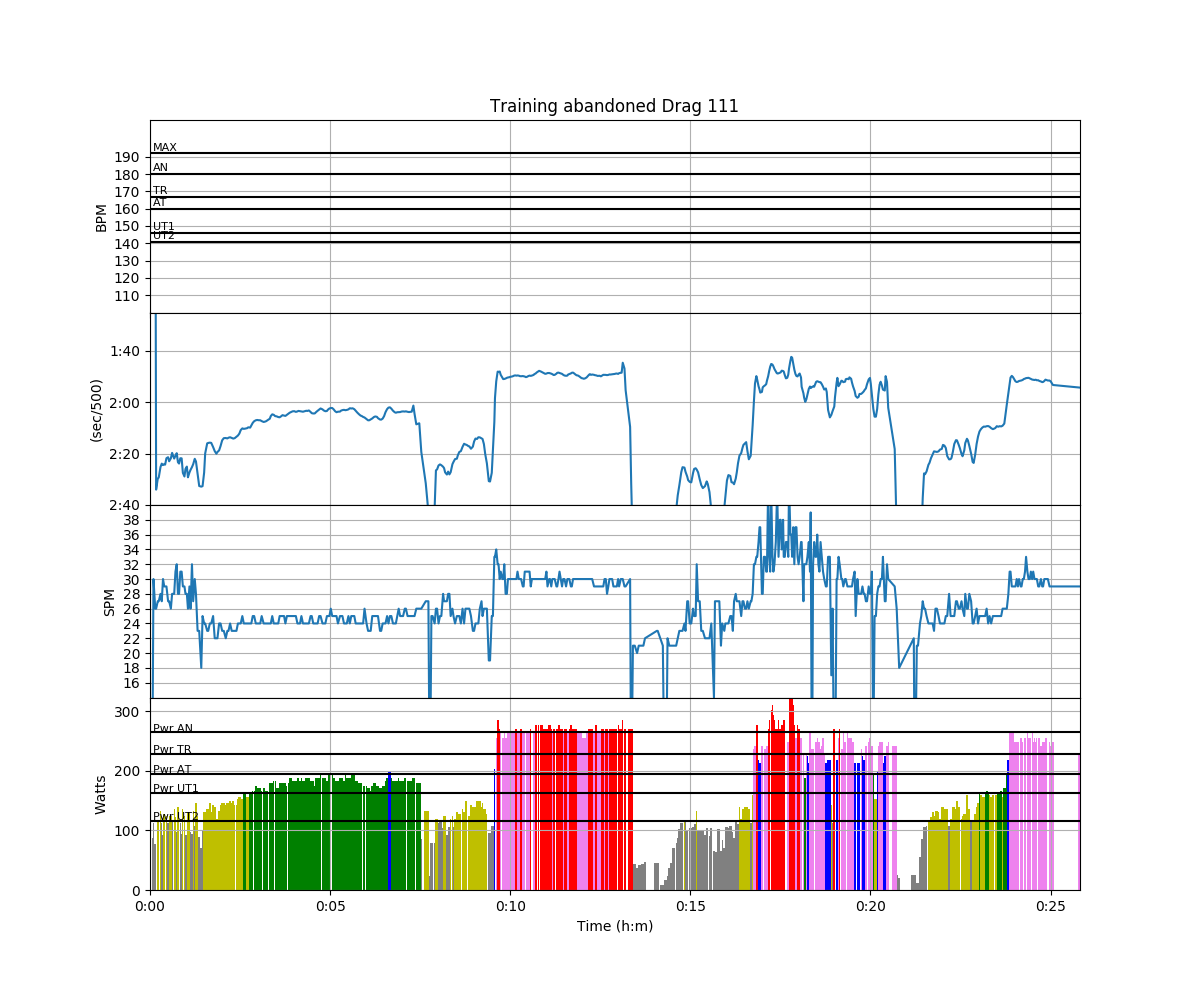
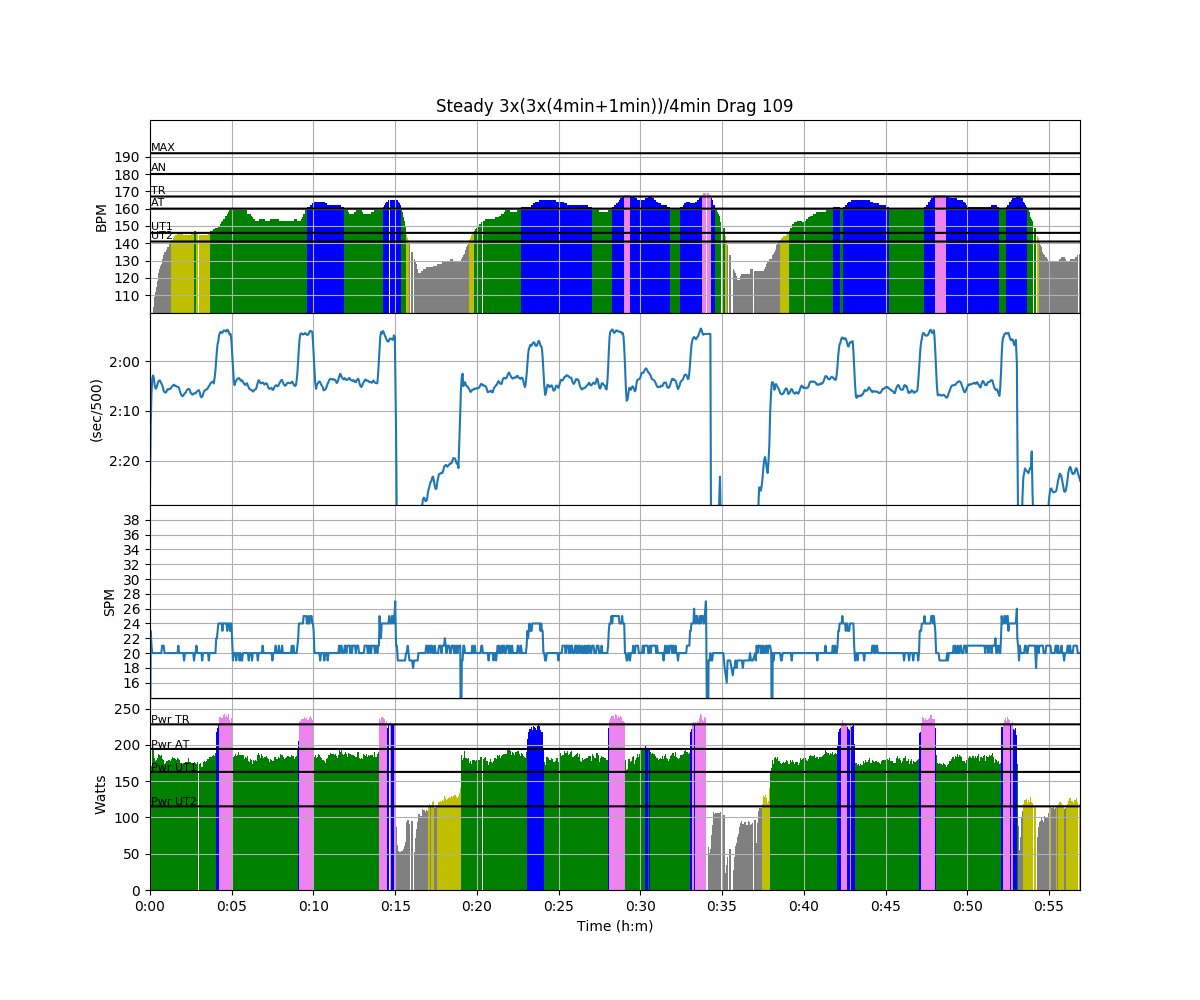
Dec 3 2017
Rowing training or strength training?
Strength or rowing training?
It has been snowing and below zero for most of the week, so I didn’t even bother going to the rowing club. I would have difficulty finding a free erg.
Instead, I took some time after breakfast to plan out my December training mesocycle. I also reviewed our club Masters rowers training plan for the past week and looked at what I have done during the trip to Belgrade, and what I had planned for this week, and tried to find the two missing trainings, for Saturday and Sunday.
I did this, because on Sunday I will be training with the Masters group, so I want to do the same training they do. That turned out to be a 5x5min at fairly high intensities.
So, for Saturday, I had the choice between steady state and something that looked … interesting. I know I don’t get enough strength training and I am a skinny aerobic freak. Perhaps this was worth a try:
5x(6×15 strokes / 10 strokes)/4min at 17spm at 140 drag
So what is that? You do bouts of 15 strokes at max force, with 10 strokes of light paddling. You do this 6 times, then paddle for 4 minutes, and repeat until you have done a total of 5 sets.
If I liked, I might start doing more of these.
I tried the Painsled Beta again during the warming up. I wasn’t able to connect to Zwift because Zwift insisted on installing a 16 minute update download, and I didn’t want to wait for it. I also struggled with the app crashing on CSV data export, but managed to get out my data eventually.
But for the main event, I switched the iPhone for the iPad (with the regular Painsled), because I didn’t want to risk losing data. Here they are:
I found it difficult to count the sets of 15 and remember where I was. If you look carefully, there is one set of 7 intervals. Well, I am glad I didn’t discover a set of 5. Each set turned out to last about 12 to 13 minutes, so it was easy to calculate if I was doing set 4 or set 5.
This was interesting. I found it difficult to hold 17spm and found myself driving to 18spm, even 19spm sometimes.
I was going somewhere between 1:54 and 1:57 pace. As the PM averages over three strokes, it was hard to estimate the exact power. I also think that Work per Stroke is the correct metric to use in this workout. There should be a Work per Stroke display on the PM. But perhaps it doesn’t matter much, as long as you are giving it the maximum per stroke.
I did have to watch posture though. I think this is a risky workout for my back, so I did monitor myself to sit straight and push on the legs only in the first half of the stroke.
Here’s a chart of Work per Stroke, Average Drive Force and Max Drive Force:
I have filtered out all the rest paddling in this chart, but still there is quite a large spread on the horizontal axis. Here is how the peak and average force behaved over time:
I also made this beautiful chart, trying to see if the differences in work per stroke were due mostly to differences in drive length or differences in average force. Looks like a mix of both. Drive length is closer to my usual range of values, though. I conclude that this was a rowing specific strength training.
Greg, here is the chart you requested:
By sanderroosendaal • Uncategorized • 0 • Tags: concept2, ergometer, OTE, rate restricted, rowing, training